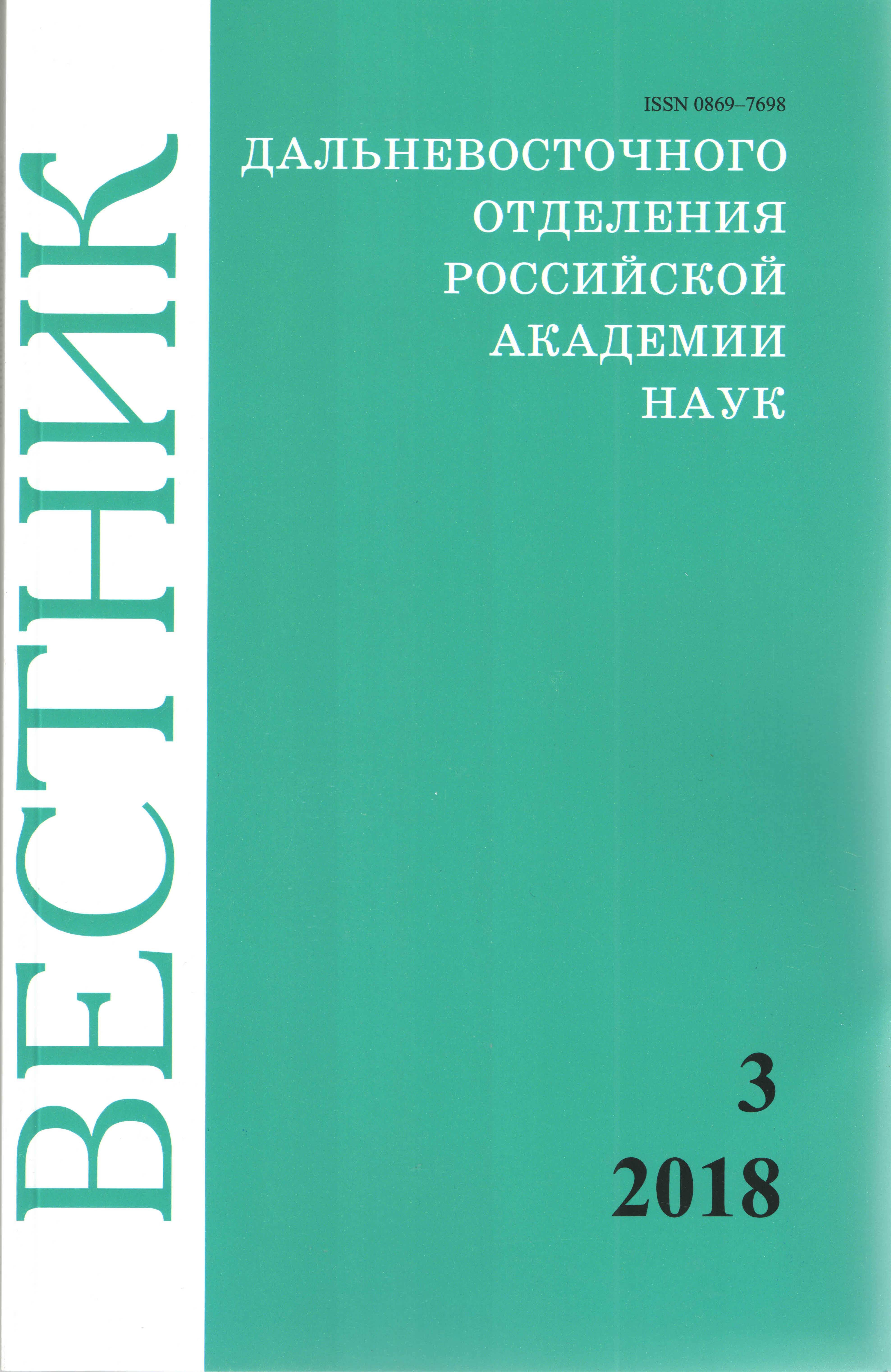The results of introduction and breeding of garden chrysanthemum in the South of Primorsky Krai
Keywords:
garden chrysanthemum, introduction, intervarietal, interspecific hybridization, new varieties, Primorsky KraiAbstract
The use of garden chrysanthemum in the landscape projects of Primorsky Krai depends on the presence of cultivars that are winter-hardy and immune to diseases in the monsoon climate. Among the introduced varieties there are no winter-hardy forms and most of them are susceptible to aggressive pathogen – Puccinia horiana Henn. Selection and creation of hybrids and varieties with complex resistance to abiotic and biotic factors is the purpose of the regional breeding program, which is currently developing. We used intervarietal, interspecific hybridization, closely related crosses of the interspecific hybrids, radiation mutagenesis. Intervarietal hybridization and radiation mutagenesis were determined to be not very promising for obtaining wintering in the conditions of the Primorsky subregion forms, but can serve as an additional technique for expanding genetic diversity and detection of hidden variability. For the first time in domestic breeding a hybrid varieties of the garden chrysanthemum with the Manchurian and Korean high-mountain species of Chrysanthemum are created. This is a qualitatively new breeding material with high adaptation level. To combine the signs of winter hardiness, early flowering, resistance to various fungal pathogens, including P. horiana from different Chrysanthemum species, we studied the possibility of synthesis of multicomponent interspecific hybrids. Transgression from the crosses of adaptive Chrysanthemum species and cultural varieties is a major and promising vector of moving towards sustainable selection forms the new generation under extreme conditions.


